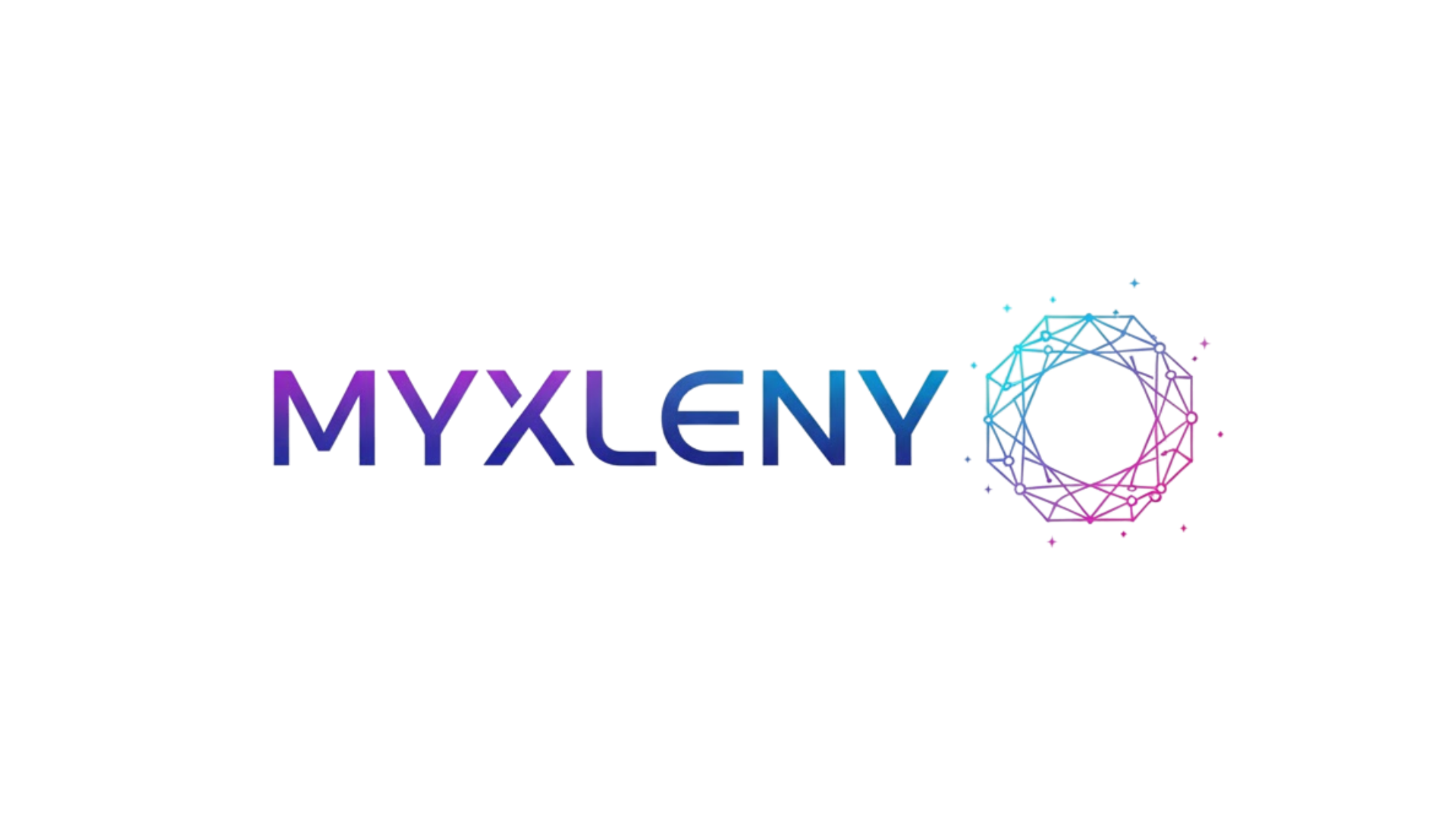The digital revolution has fundamentally transformed how we work, creating unprecedented opportunities while raising critical questions about worker protection, privacy, and fairness in the modern workplace.
🌐 The Digital Transformation of Work and Its Impact on Labor Rights
In recent years, the landscape of employment has undergone a seismic shift. Remote work, gig economy platforms, algorithmic management, and artificial intelligence have redefined traditional employment relationships. While these innovations have created flexibility and efficiency, they’ve also introduced complex challenges regarding worker rights, data protection, and fair treatment.
Today’s workforce operates in an environment where their every click, keystroke, and productivity metric can be monitored, analyzed, and used to make employment decisions. This digital surveillance, combined with the rise of platform-based work arrangements, has created a pressing need to establish and enforce digital labor rights that protect workers without stifling innovation.
Organizations that prioritize digital labor rights don’t just comply with regulations—they build trust, enhance productivity, and create sustainable competitive advantages. Understanding these rights and implementing them effectively has become essential for both employers and employees navigating the modern workplace.
📱 Understanding What Digital Labor Rights Actually Mean
Digital labor rights encompass the protections and entitlements workers have in digital work environments. These rights extend beyond traditional labor protections to address unique challenges posed by technology-mediated work relationships.
At their core, digital labor rights include the right to fair algorithmic treatment, protection from invasive surveillance, data privacy, transparency in automated decision-making, and the right to disconnect from work-related communications outside working hours.
The Foundation of Digital Worker Protection
Several key principles form the foundation of digital labor rights in today’s world:
- Transparency: Workers have the right to understand how algorithms and automated systems affect their employment, including hiring, task allocation, and performance evaluation
- Data Privacy: Personal information collected through digital tools must be protected, with clear limitations on what can be collected and how it’s used
- Fair Treatment: Algorithmic management systems must not discriminate based on protected characteristics or perpetuate bias
- Right to Explanation: When automated systems make decisions affecting employment, workers deserve clear explanations
- Digital Dignity: Technology should enhance rather than degrade the human experience of work
🔍 The Reality of Digital Surveillance in Modern Workplaces
Employee monitoring has reached unprecedented levels in the digital age. From keystroke logging and screen capture software to AI-powered productivity analytics and biometric tracking, employers have access to tools that can monitor virtually every aspect of an employee’s workday.
While some monitoring serves legitimate purposes—protecting sensitive data, ensuring compliance, or optimizing workflows—excessive surveillance can erode trust, increase stress, and violate worker privacy. The challenge lies in finding the appropriate balance between organizational needs and individual rights.
What Employers Can Monitor (and What They Should Consider)
Legal frameworks vary significantly across jurisdictions, but generally, employers can monitor work devices and networks. However, ethical considerations and employee relations should guide these practices beyond mere legal compliance.
Best practices in workplace monitoring include providing clear policies about what’s monitored and why, limiting surveillance to work-related activities, being transparent about monitoring tools, conducting regular privacy impact assessments, and involving employees in developing monitoring policies.
Progressive organizations are discovering that building cultures of trust rather than surveillance often yields better results in terms of productivity, innovation, and employee satisfaction.
⚖️ Navigating the Gig Economy’s Labor Rights Challenges
Platform-based work has created opportunities for millions globally, but it’s also raised profound questions about worker classification, protections, and rights. Gig workers often exist in a legal grey area—classified as independent contractors yet subject to significant platform control.
This classification frequently denies workers access to minimum wage protections, health benefits, unemployment insurance, and other traditional employment rights. Meanwhile, algorithmic management systems make decisions about work allocation, earnings, and even deactivation with limited transparency or recourse.
Emerging Solutions for Platform Worker Protection
Legislators, courts, and platforms themselves are gradually developing frameworks to address these challenges. Some jurisdictions have introduced “third category” worker classifications that provide certain protections while maintaining flexibility.
Progressive platforms are implementing portable benefits systems, appeal mechanisms for automated decisions, and greater transparency about how algorithms function. Workers are also organizing in new ways, using digital tools to advocate collectively even without traditional union structures.
🛡️ Data Privacy Rights for the Digital Workforce
Every digital work interaction generates data. Emails, messages, document edits, meeting attendance, productivity metrics, location information, and biometric data all create detailed profiles of workers’ professional and sometimes personal lives.
Regulations like the European Union’s General Data Protection Regulation (GDPR) and California’s Consumer Privacy Act (CCPA) have established important protections, including the right to know what data is collected, the right to access personal data, the right to correct inaccurate information, the right to deletion under certain circumstances, and the right to data portability.
Practical Steps for Protecting Your Digital Footprint at Work
Workers can take proactive measures to understand and protect their data rights. Start by reviewing your employer’s privacy policies and data collection practices. Request information about what data is collected about you and how it’s used.
Understand your rights under applicable privacy laws and exercise them when appropriate. Use work devices primarily for work purposes, as personal activities on company systems typically have reduced privacy protections. Stay informed about privacy settings on workplace platforms and tools.
🤖 Algorithmic Management and Worker Autonomy
Artificial intelligence and machine learning increasingly make decisions that were once made by human managers. Algorithms determine who gets hired, which tasks are assigned to whom, how performance is evaluated, and even when workers are disciplined or terminated.
While algorithmic management can increase efficiency and potentially reduce human bias, it also raises concerns about transparency, accountability, and the preservation of human judgment in employment decisions.
Demanding Transparency and Fairness in Automated Systems
Workers and advocates are pushing for “algorithmic accountability”—the principle that automated systems making significant decisions about people’s lives should be transparent, explainable, and subject to meaningful human review.
This includes rights to understand how algorithms work, contest algorithmic decisions, access human review of automated decisions, and protection from discriminatory algorithmic outcomes. Some jurisdictions are beginning to codify these principles into law.
🌍 Global Perspectives on Digital Labor Rights
Different regions are taking varied approaches to protecting digital workers. The European Union has been particularly proactive, with comprehensive data protection laws, proposed AI regulations, and directives addressing platform work.
The United States has taken a more fragmented approach, with state-level initiatives like California’s AB5 (addressing worker classification) and various privacy laws, but limited federal coordination. Meanwhile, countries like Brazil, India, and South Africa are developing frameworks that reflect their unique economic and social contexts.
Learning from International Best Practices
Spain’s “right to disconnect” law, which protects workers from being penalized for not responding to work communications outside working hours, offers a model being adopted elsewhere. Portugal has extended similar protections and prohibited certain types of employee monitoring.
These diverse approaches provide valuable lessons: comprehensive frameworks work better than patchwork solutions, worker voice in policy development improves outcomes, flexibility in implementation acknowledges different work contexts, and enforcement mechanisms are essential for meaningful protection.
💼 Building Digitally Ethical Organizations
Forward-thinking employers are recognizing that respecting digital labor rights isn’t just about compliance—it’s a strategic advantage. Organizations that prioritize digital ethics attract better talent, experience higher engagement, and build stronger reputations.
Creating a digitally ethical workplace starts with leadership commitment to worker-centered technology implementation. It requires transparent communication about digital tools and their purposes, meaningful employee participation in technology decisions, and regular assessment of technology’s impact on worker wellbeing.
Practical Framework for Employers
Organizations can implement a comprehensive approach to digital labor rights by establishing clear policies that go beyond minimum legal requirements, conducting privacy and equity impact assessments before implementing new technologies, and providing training on digital rights for both managers and employees.
Creating accessible channels for workers to raise concerns about digital practices, regularly auditing algorithms for bias and fairness, and limiting data collection to what’s genuinely necessary for legitimate business purposes are also essential components.
📚 Empowering Workers Through Digital Literacy
Understanding digital labor rights requires a foundation of digital literacy. Workers need to understand how technology functions in their workplaces, what data is being collected, and what rights they have regarding that data and those systems.
Organizations, unions, and advocacy groups are developing educational programs that help workers navigate digital workplace challenges. These initiatives cover privacy protection strategies, understanding algorithmic management, recognizing digital surveillance, and exercising rights effectively.
Resources and Tools for Digital Worker Empowerment
Numerous organizations provide resources for workers seeking to understand their digital rights. Worker advocacy groups offer guides specific to different industries and work arrangements. Privacy organizations provide tools for understanding and controlling personal data.
Legal aid organizations increasingly address digital labor rights issues, while academic institutions study and publish research on emerging challenges and solutions. Staying connected to these resources helps workers stay informed as the landscape evolves.
🚀 The Future of Work and Evolving Digital Rights
The conversation about digital labor rights is far from settled. Emerging technologies like advanced AI, virtual reality workplaces, brain-computer interfaces, and blockchain-based work platforms will introduce new challenges and opportunities.
The future likely holds more comprehensive regulations addressing algorithmic accountability, greater worker power in technology governance, portable benefits systems that follow workers across platforms, and international coordination on digital labor standards.
Success will require ongoing dialogue between workers, employers, technologists, policymakers, and civil society. It demands frameworks flexible enough to accommodate innovation while firmly protecting fundamental human rights and dignity.

✨ Creating Sustainable Digital Work Environments
Empowering your workforce in the digital age means recognizing that technology should serve human flourishing rather than the reverse. It requires intentional design of digital systems that respect autonomy, protect privacy, ensure fairness, and preserve human dignity.
Organizations that embrace this vision don’t just avoid legal risks—they create workplaces where people thrive, contribute their best work, and build meaningful careers. Workers equipped with knowledge of their digital rights can advocate effectively for fair treatment and participate fully in shaping their work environments.
The landscape of digital labor rights will continue evolving as technology advances and our understanding deepens. What remains constant is the fundamental principle that workers deserve respect, protection, and agency—whether they’re working in a physical office, from home, through a platform, or in hybrid arrangements that haven’t yet been imagined.
By staying informed, engaging constructively, and insisting on human-centered approaches to workplace technology, we can navigate this landscape successfully. The goal isn’t to resist technological progress but to ensure it serves human values and creates prosperity that’s broadly shared. This balance—between innovation and protection, efficiency and dignity, flexibility and security—defines the challenge and opportunity of digital labor rights in today’s world.
Toni Santos is a future-of-work researcher and social innovation writer exploring how technology, culture, and global mobility are redefining what it means to work and thrive in the 21st century. Through his studies on automation, digital nomadism, and workforce transformation, Toni examines the balance between progress, adaptability, and human purpose in a rapidly changing world. Passionate about remote collaboration systems and digital inclusion, Toni focuses on how emerging tools and global connectivity empower individuals to build meaningful, flexible, and resilient careers. His work highlights how automation and new work models can coexist with creativity, empathy, and social value. Blending sociology, economics, and digital strategy, Toni writes about the human side of innovation — helping readers understand not only where work is heading, but how to align with its transformation responsibly and purposefully. His work is a tribute to: The evolving relationship between automation and human employment The rise of global, location-independent lifestyles The power of resilience and adaptability in the modern workforce Whether you are a freelancer, remote leader, or curious observer of the new economy, Toni Santos invites you to explore the future of work — one idea, one connection, one transformation at a time.




